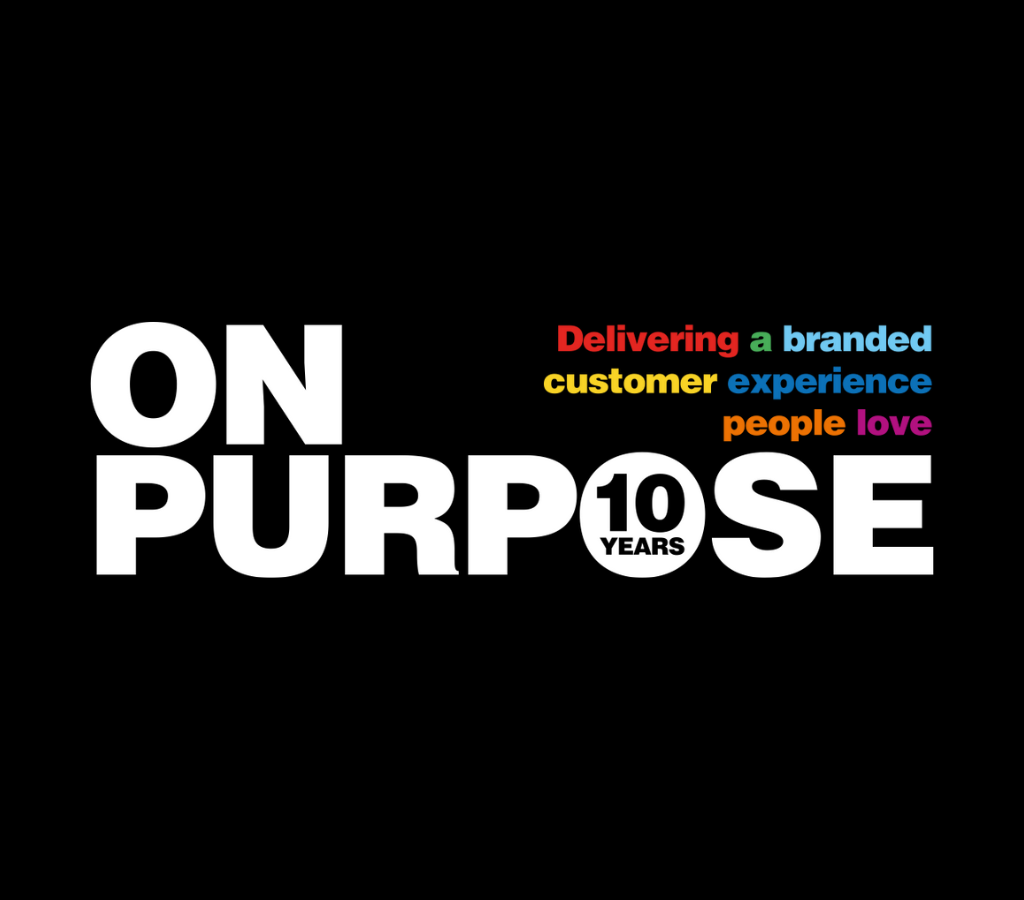OK controversial title but let’s look at what the evidence tells us. In this article we look at a range of research on the impact of Customer Experience (CX) for the key insights that can drive your business forward.
Poor Customer Experience is costing your business
42% of UK customers and 32% of US customers would stop buying from a company after just one bad experience. Just ONE poor experience – imagine if there are multiple poor touchpoints along your customer journey.
Research backs this up with detractors typically spending around a third of the average revenue per client.
Let’s reflect on how this costs a business. If we look at the potential churn, a CX laggard would need to find 30% more customers every year just to fill the hole caused by one poor experience. That’s a lot of wasted effort and investment.
Poor Customer Experience is everywhere
You may think, ok but poor customer experience doesn’t happen at our company – it’s the other rubbish providers out there.
Well, according to Zendesk, more than half of consumers in the US (54%) feel like companies are delivering a good customer experience. This suggests that it’s not a marginal few who are getting it wrong but a significant proportion of companies.
What should we do about it?
Our approach is to always start by understanding what matters most to your customers. Understand what expectations they have of your market and your organisation. If you understand what are the most important expectations, you can then look at where in your experience you are meeting, or falling short, of those expectations.
A classic case is the use of AI or chatbots that are often touted as the saviour of customer service. However, though this technology undoubtedly has huge potential cost savings for companies, is it meeting the expectations of your customers?
Technology undoubtedly plays a crucial role in shaping the customer experience landscape, but you need to strike the right balance between automation and human interaction. A survey by Accenture found that 83% of consumers prefer dealing with human beings over digital channels when seeking advice or assistance.
We recently ran a co-creation session with the customers of a client. We asked them to explore some new digital ideas that would improve the CX. Their first reaction was summed up in this quote, ‘Oh no not another chatbot’. They were fed up with supposed miracle AI that simply did not have the ability to recognise them, their problem and provide a viable solution. Once we got past this instinctive rejection of technology, and got into some of the features of the tool they still had one important request: ‘At any point I want to be able to talk to a human immediately’.
While advancements in technology can enhance the customer experience, it’s crucial to recognise that technology alone won’t solve the problem. Technology tools must be considered as part of a complete experience, with the foresight that they will at some point create new frustrations that are likely to require human intervention.
So, it starts with understanding the expectation around the whole experience. Then plotting all the interventions – digital, human and physical – that together deliver a joined up and complete experience.
Customers crave personal, seamless and frictionless interactions that make them feel valued and appreciated. It’s hard work to get it right but the cost of not doing anything is big.
Why Customer Experience is worth the effort
The evidence base is building…
PwC found that 73% consumers consider customer experience an important factor in their purchasing decisions.
According to a study conducted by McKinsey & Company, businesses that prioritize customer experience see revenue increases of 5% to 10% and cost reductions of 15% to 25% within two or three years.
McKinsey found that CX leaders grew two times faster over a five year period than CX laggards.
It’s clear that delivering exceptional customer experiences is not just a nice-to-have—it’s a business imperative.
It takes effort, focus and yes, sometimes investment. However, by understanding what matters most to customers, analysing how your experience can better deliver that expectation, and aligning your organisation to deliver that complete experience – your company can reap significant return on investment with long term growth.
Caffeine’s unique CEM approach helps clients to understand what matters most to their customers, map this to their Customer Experience journey and then align the organisation to upgrade and deliver that CX expectation consistently over time. If you would like to have a chat about how to stand out from the competition through a distinctive end-to-end customer experience, get in touch.




